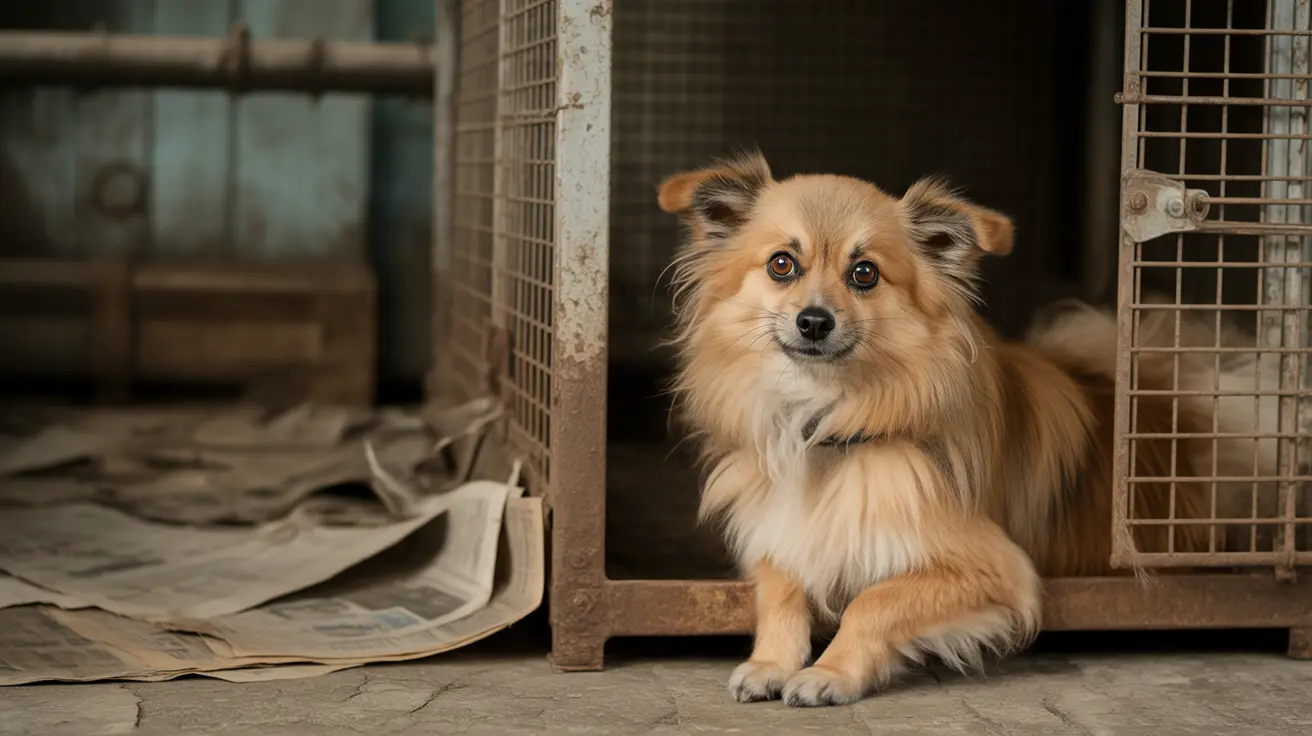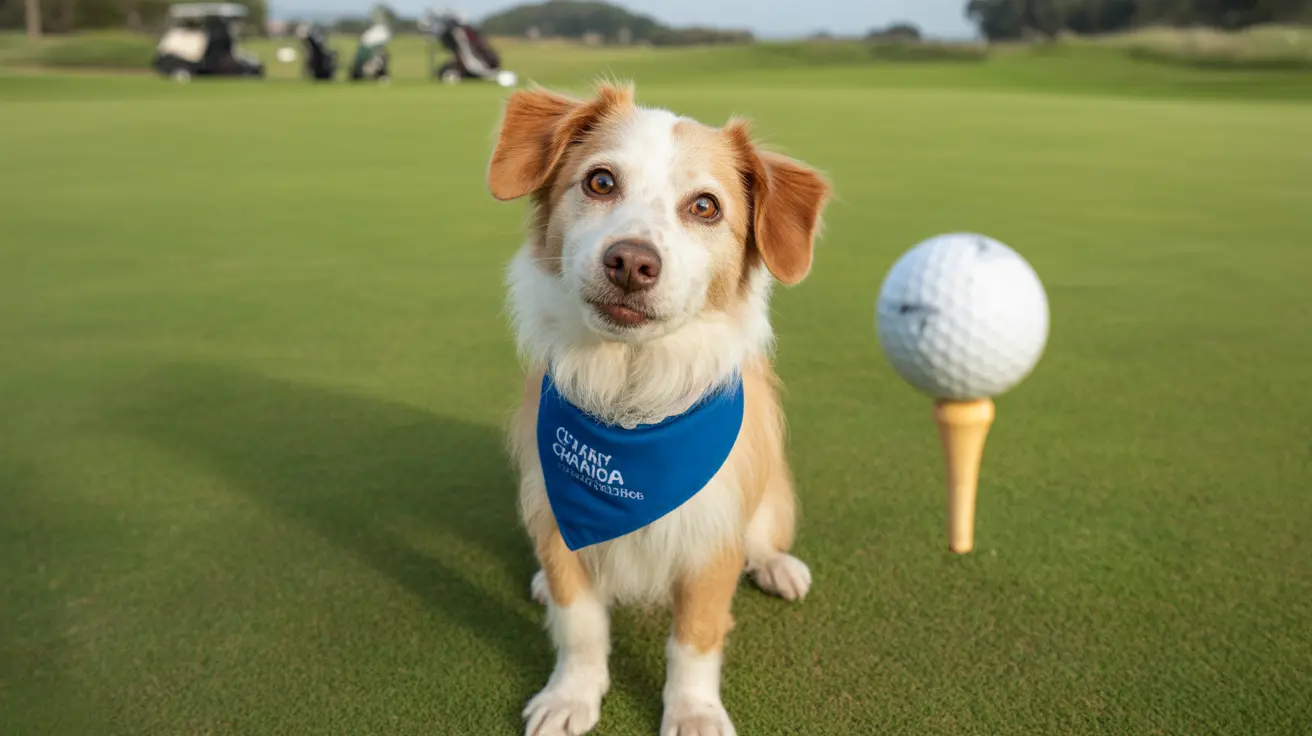If you've noticed your dog obsessively scratching or licking a particular area, leading to an angry, red, and oozing sore, you're likely dealing with a hot spot. These painful skin lesions, medically known as acute moist dermatitis, can develop rapidly and require prompt attention. This comprehensive guide will help you identify, treat, and prevent hot spots on your dog.
Understanding what hot spots look like and how to address them is crucial for every dog owner, as these uncomfortable skin conditions can quickly worsen without proper care. Let's explore everything you need to know about managing and preventing these troublesome skin lesions.
What Are Hot Spots and How Do They Develop?
Hot spots are localized areas of intense skin inflammation and infection that can appear suddenly on your dog's skin. These painful lesions occur when your dog's natural scratching, licking, or chewing behavior breaks the skin barrier, creating an environment where bacteria can thrive and infection can set in.
These lesions typically start as small irritated areas but can quickly expand to large, weeping sores within hours. The combination of moisture, warmth, and bacteria creates perfect conditions for the hot spot to worsen rapidly.
Identifying Hot Spots: Visual Guide
Hot spots have several distinctive characteristics that make them recognizable:
- Bright red, inflamed areas of skin
- Moist, oozing lesions that may contain pus
- Hair loss around the affected area
- Matted fur surrounding the hot spot
- Clear borders around the inflamed area
- Possible scabbing or crusting as healing begins
These lesions commonly appear on the head, neck, hips, and limbs, though they can develop anywhere on your dog's body. The affected area is usually painful to touch and may have an unpleasant odor.
Common Causes and Risk Factors
Several factors can contribute to the development of hot spots:
- Allergies (environmental, food, or flea allergies)
- Inadequate grooming or matted fur
- Moisture trapped in the coat
- Flea infestations
- Underlying skin infections
- Stress or anxiety
- Boredom leading to excessive licking
- Joint pain causing focused licking
Treatment Approaches
Effective treatment of hot spots requires a multi-faceted approach:
Immediate Care Steps
- Carefully trim fur around the affected area
- Clean the hot spot with a gentle antiseptic solution
- Keep the area dry
- Prevent further scratching or licking with an E-collar
Medical Treatment
Your veterinarian may prescribe:
- Topical antibiotics or medicated sprays
- Oral antibiotics for severe cases
- Anti-inflammatory medications
- Pain relief medication if needed
- Medicated shampoos or solutions
Prevention Strategies
To prevent hot spots from recurring:
- Maintain regular grooming schedules
- Address underlying allergies
- Use effective flea prevention
- Keep your dog's coat dry after swimming or bathing
- Provide mental stimulation to prevent boredom
- Regular vet check-ups to monitor skin health
Frequently Asked Questions
What does a hot spot look like on a dog?
Hot spots appear as red, moist, and inflamed areas on the skin with hair loss. They're usually circular or irregular in shape and may ooze or have a crusty appearance.
Why do dogs develop hot spots, and what are common causes?
Dogs develop hot spots due to excessive licking or scratching triggered by allergies, parasites, boredom, anxiety, or trapped moisture. The repetitive trauma creates an environment for bacterial infection.
How do I treat hot spots on my dog effectively at home?
Clean the area gently with antiseptic solution, keep it dry, and prevent further scratching using an E-collar. However, veterinary care is often necessary for proper treatment and addressing underlying causes.
Can hot spots on dogs be prevented, and what are the best strategies?
Yes, prevention includes regular grooming, keeping the coat dry, addressing allergies, using flea prevention, and providing adequate exercise and mental stimulation to prevent boredom-induced licking.
How do I differentiate between hot spots and other skin conditions in dogs?
Hot spots are typically moist, red, and appear suddenly, while other skin conditions like ringworm or mange tend to develop more slowly and appear dry. When in doubt, consult your veterinarian for proper diagnosis.
Remember, while minor hot spots can be managed at home, severe or recurring cases require veterinary attention to prevent complications and ensure your dog's comfort and well-being.






